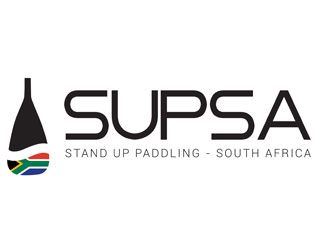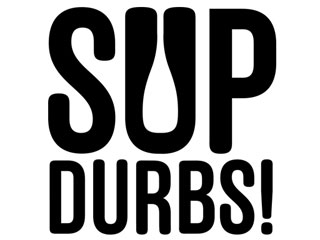Downwind
Downwind Rules:Nothing can compare to the thrill of flying over the water, on wind-generated bumps for kilometers on end. In Durban we predominantly do downwinds on the South Westerly Wind. Vetch's Reef to Umgeni river (7km) or to Durban View Umhlanga (15km). But as with all sports, downwinding has its risks and it is up to you to eliminate these risks and enjoy your time on the water.
The SUP Durbs! Downwind WhattsApp Group is for someone to call for a downwind paddle coming up based on weather forecasts. And then for relevant planning around that downwind. (It is not a Chat group or group for discussing brands or other non related stuff) The reason to have one DOWNWIND WhattsApp Group is Safety in Numbers. The Ocean is a big place and we need to look out for our fellow SUPpers! Do not allow novices to start the downwind unless you are going to look after them.
BOARDS: The majority of riders use a 14’ board. Before heading out, make sure your board is ready. Check for any serious damage (dings, cracks, creases etc), check that the fin is securely attached and the fin box is not damaged, check your leash plugs for cracks and if your board requires a valve ensure it is securely fastened.
PADDLE: Check your paddle for any damage before you hit the water. Even the smallest knick in the shaft can result in a snap when pressure is applied.
LEASH: Always wear a leash. This is a must, and in big conditions with gale force winds, wear two. Replace your leash every 6 months and check them regularly for damage. Inspect all joins for knicks or tears. If you lose your board you have very little chance of catching up to it.
PFD: A PFD or Personal Flotation Device is required by law and must be worn at all times. Have you ever checked to see if your vest has enough flotation to keep you above water? The waist belt type PFD are not approved by SUPSA and should not be used for Downwinds.
CELLPHONE: The last place you want to be is in the water with a setting sun, 2 kms off the coast with no means of contact – that is why it is vital that you carry a fully charged cellphone along with emergency contacts which are easily reachable. If you have a smartphone there are some great tracking apps, which can pin point your location and even give you a detailed report of your trip. Is there signal out at sea? Can you hear over the wind and waves? Next time you out there give it a go and try using your phone with cold hands through a waterproof pouch and then see if you would be willing to put your life on it.
DRESS: When heading out into the water, be sure to dress appropriately. Make sure to wear your brightest baggies, rash vest and even peak cap. In a search and rescue situation, you want to stick out like a sore thumb. This is about safety (not about making a fashion statement). Keep in mind between waves in the vast open ocean, its is not always easy to spot someone out at sea…
BUDDY UP: Never Downwind alone. If you are going to end up paddling alone, inform someone what time you are leaving, your planned route and your eta. In groups, pair up with a comparative buddy and keep tabs on each other. Plan a midway stop to regroup.
WEATHER CONDITIONS: Always check the weather forecasts to see if there are any significant weather changes or storms. Watch the last video, "SUP Storm" from about 1:28 into the video to see what you can go through out there. Stay relaxed and keep your head. Head for shore if you get into trouble.
NB! Each downwind should have a leader who knows your competency levels and can advise the landmarks you need to line up with. Ultimately it is your responsibility, so if you are not confident of where you are going, do not start the downwind.
VERY IMPORTANT: Ask yourself these questions:
Am I able to paddle the distance? How many Kms is it?
Am I ready to spend 2 hours on the water? Or however long it might be.
Am I hydrated? For all paddles over 10km we highly recommend carrying hydration.
Do I have a bail out plan?
Happy paddling and see you on the water.
Know your limits. It is important to push your limits, but do so with caution and by following the correct safety measures.
Need to get hold of us? Click here







